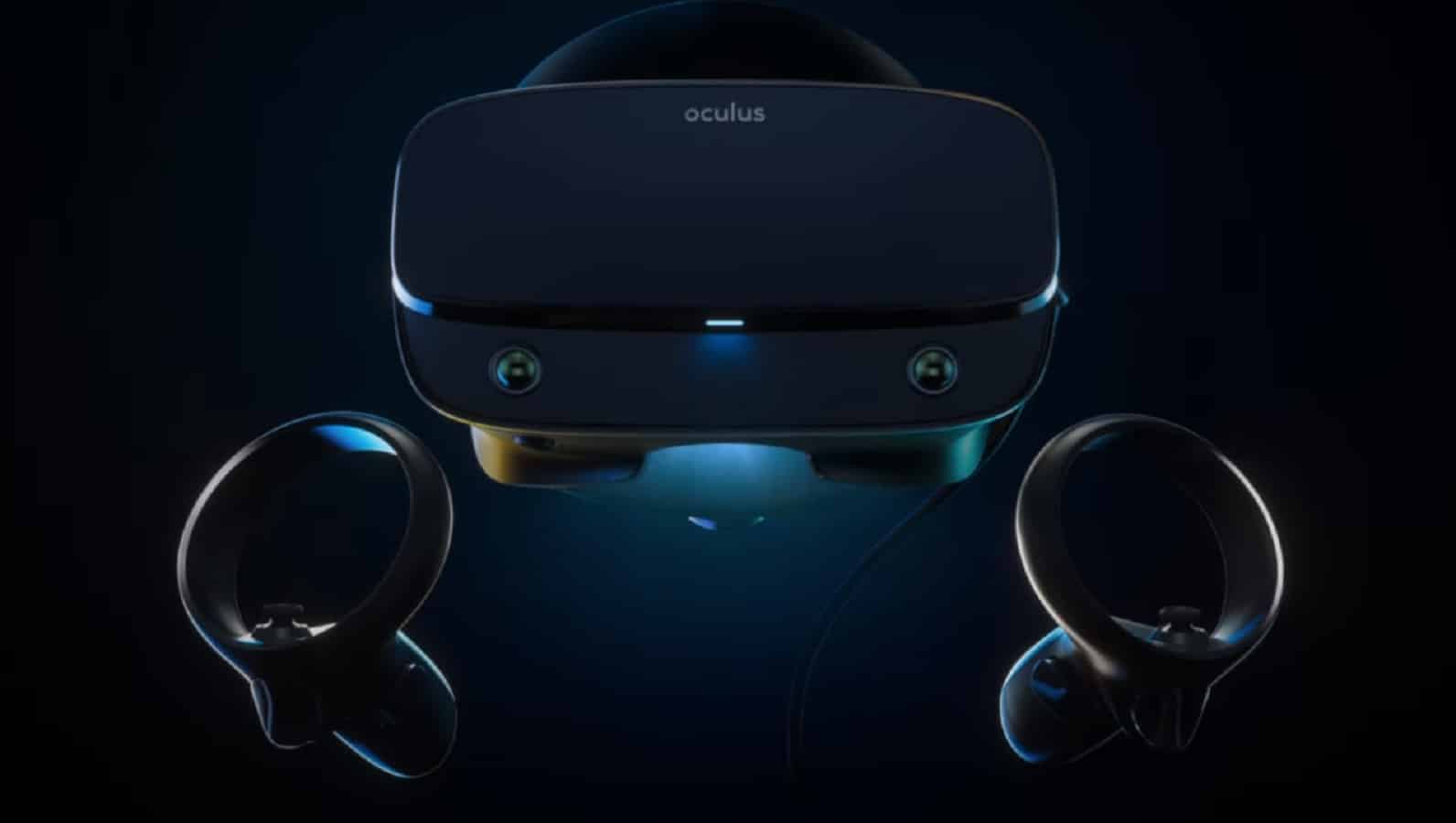Regarding VR headsets, Oculus and VIVE are the more well-known headsets out there. While the idea of VR dates back as early as the 1860s and that the first head-mounted display being made in 1968, it was not till 2010 that VR truly starts to gain widespread public attention.
While VR has its application in fields such as medical and military, it was in the gaming sector, where it truly stands out. Based on this train of thought, it made sense to create VR devices that caters to gaming instead of other fields.
Oculus being one of the frontrunner in the VR gaming sector meant that there is a lot of support available for it be it game titles or profits from selling its device. Additional revenue meant that there is a better ability to come up with better versions of VR headsets.

While I do not have a specific favorite VR Headset to say, Oculus Quest is likely to be the head set I will be purchasing if I decided to get start with VR now. Asides from the wide plethora of gaming titles available for Oculus products and being wide priced relative to its capabilities and utilities, there are certain specifications that made Oculus Quest stands out from the rest of the headsets.
The first and foremost would be that it is a standalone VR headset. This meant that it is wireless and users do not have to risk tripping over the wires while using the device.
The second standout function it having 6 Degrees of Freedom and that is a pretty big plus. The problem with 3 Degrees of Freedom headsets is that it can only track your head orientation and does not track the position of the headset. Having 6 Degrees of Freedom, Occulus Quest can provide a more immersive experience by giving the feeling that you are actively in the VR world rather than being stuck to a fixed spot only being able to rotate your head and limited to the movements of the controllers.
However, what the Oculus Quest lacks is built in earphones. This meant that there is a need for a additional earpiece or headphone to be plugged in the Oculus Quest itself.
In this aspect based purely on technical specs alone, HTC VIVE FOCUS would be a better device given that it has built in microphone and speakers and also have the functions mentioned above. The downer to this device is that it has a relative high price. Since earpieces are pretty common nowadays, not having built in headphones is not necessarily a negative.

Mixed Reality is a relatively new concept, where the first time I have heard of it was in the 1st lecture itself. While there are a number of MR headsets out there, HoloLens 2 stands out compared to the rest of the crowd.
One of the more standout features is the futuristic feel to the headset. In Sci-Fi shows, movies and stories, we have heard from time to time that people can just interact with holograms out of thin air and the HoloLens 2 is basically that except for the need of having the headset of course.
The headset is proclaimed to be pretty comfortable even for people wearing spectacles. It would be pretty hard to be immersed in the experience if you are constantly being annoyed with the headset itself.






















